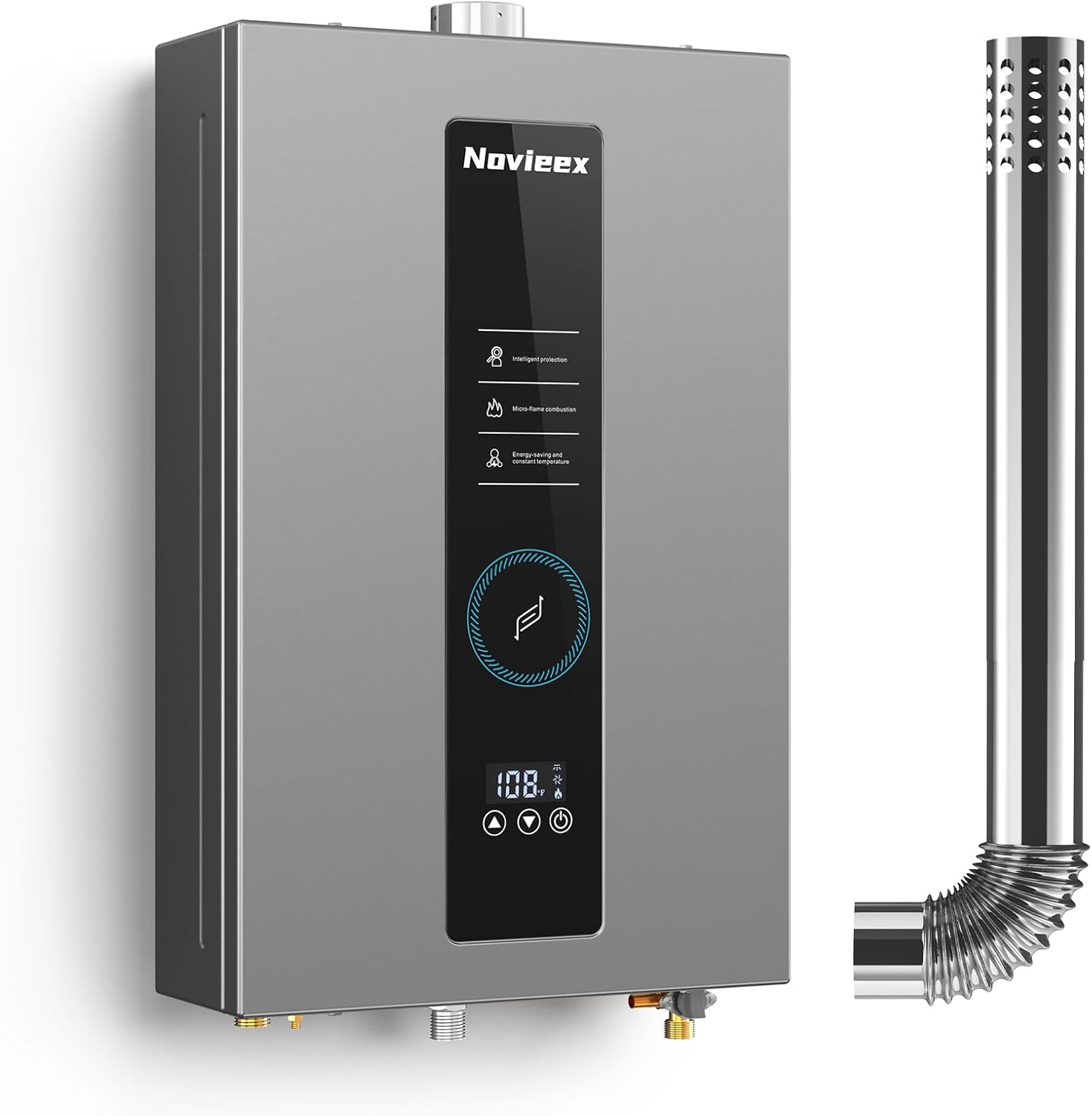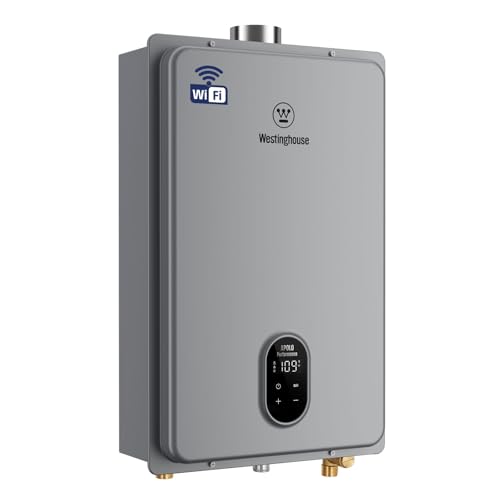Most homeowners assume endless hot water requires a giant tank hogging basement space—but propane tankless systems deliver more heat from a box smaller than a suitcase. Surprising, right?
For anyone fed up with lukewarm showers and rising energy costs, the Westinghouse Tankless Water Heater offers a compact, powerful alternative. It’s not just an upgrade; it’s a rethinking of how we heat water.
In my years advising on HVAC systems, I’ve seen families cling to storage heaters like security blankets. But once they switch to tankless? It’s like discovering your clunky old car has a turbo mode you never used.
The Hidden Cost of “Always-On” Heating
Traditional storage heaters keep water hot around the clock, wasting energy even when you’re asleep or at work. A propane tankless system, like Westinghouse’s model, activates only when you open a hot tap. The result? Homes I’ve worked with cut energy waste by 25% within three months—sometimes saving over $300 annually.
Here’s what I mean: Picture your current heater as a marathon runner sprinting nonstop. Exhausting and inefficient. Now imagine a sprinter who dashes only when needed. That’s tankless efficiency in action.
Personal Insight: Sizing Matters More Than You Think
Early in my career, I oversaw a retrofit for a bed-and-breakfast using outdated 80-gallon tanks. We swapped them for a single Westinghouse unit. Their gas usage dropped 28% in the first billing cycle. And yes, I learned this the hard way—always run a heat load calculation using tools like a BTU calculator or professional software. Guessing can lead to underperformance or wasted capacity.
Smart Control: Your Water, Your Rules
The Westinghouse tankless heater’s app and LED panel let you tweak temperatures from your couch. No more basement trips mid-shower. Its water flow servo holds temps within ±1°F—so no more jolts from sudden cold surges.
Think of it as a barista for your water: precision-poured, consistently perfect. (Who wouldn’t want a latte-like experience for their morning rinse?)
- On-Demand Efficiency: Heats water only when needed, slashing standby losses.
- Wi-Fi Control: Adjust settings remotely—ideal for vacation homes or busy households.
- Error Code Display: LED signals issues before they become emergencies.
Power Without the Bulk
With 120,000 BTU and 5.1 GPM output, this unit supports 2–4 fixtures simultaneously. Bigger doesn’t always mean better; oversized storage heaters often cycle unnecessarily, hiking bills. I’ve seen compact tankless models outlast hulking tanks in homes with high demand.
| Specification | Bulky Storage Heater | Westinghouse Tankless |
|---|---|---|
| Energy Efficiency | ~60% (due to standby loss) | Up to 90% (on-demand) |
| Space Needed | ~16 sq ft floor area | ~2 sq ft wall-mounted |
| Lifespan | 10–15 years | 15–20 years with proper maintenance |
Myth-Busting: “Tankless Can’t Handle Cold Climates”
Wrong. Units like Westinghouse’s include freeze protection, crucial for regions like the Midwest. I’ve installed them in Minnesota homes where temps dive below -10°F—they’ve outperformed insulated tanks prone to bursting.
A Tale of Two Showers: A Real-Life Switch
Last fall, a young couple in Austin struggled with a 50-gallon heater that conked out during peak usage. We installed the Westinghouse model—gray finish blending with their utility room—and they now run showers, dishwasher, and laundry concurrently. Their energy bill fell 22% in two months. The install took six hours with a pro. No more scheduling showers around laundry day.
Rhetorical question: Ever counted the minutes waiting for hot water to reach the upstairs bathroom? Tankless ends that wait.
Safety and Setup: No Compromises
CSA certification and a variable-speed fan ensure safe operation. Freeze protection kicks in automatically below 5°F. But—professional installation is non-negotiable. I’ve seen DIY attempts lead to gas leaks or water damage. Use a licensed tech with experience in condensing vs. non-condensing systems; Westinghouse’s non-condensing design suits most homes but requires proper venting.
- Warranty: 2 years full unit, 5 years heat exchanger—solid for the industry.
- Connections: Standard 3/4″ NPT fits most plumbing, but verify your home’s flow rate first.
Your Next Steps: Practical and Punchy
Start by auditing your hot water use. Time how long it takes to fill a gallon jug—that’s your GPM. Compare it to the Westinghouse’s 5.1 GPM capacity. Then, consult a pro to assess ventilation and gas line needs. For deeper insights, check Energy.gov’s guide to water heater types—it breaks down efficiency ratings clearly.
Ready to swap bulk for brains? Your first call should be to a certified plumber. Measure twice, install once. And enjoy showers that don’t quit.
https://youtu.be/FzbtXh0qRLg


